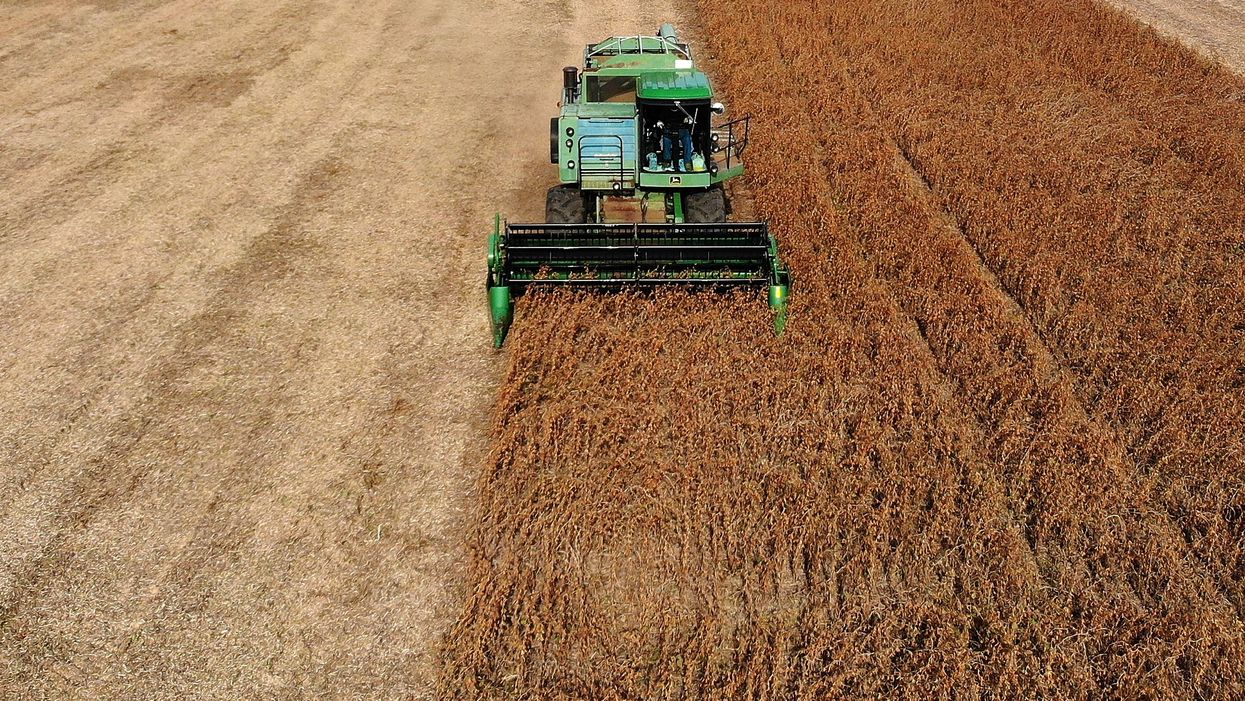
Mark Wilson/Getty Images

The Trump administration is still trying to negotiate a trade deal with China
The U.S. Department of Agriculture has confirmed that it paid out $7.7 billion to farmers who had been negatively impacted by the Trump administration's tariffs.
In March, the Trump administration imposed global tariffs on all imports of steel and aluminum to the United States. This resulted in a series of tariffs and countertariffs between the U.S. and China on a range of products, including soybeans and sorghum. The Chinese retaliatory tariffs caused the price of both of these goods to drop sharply.
On Thursday, Robert Johansson, the USDA's chief economist, reported that "[u]nder the trade dispute, exports [of soybeans] to China alone have plummeted by 22 million tonnes, or over 90 percent."
At one point, Chinese tariffs on sorghum reached 179 percent. The U.S. used to export 77 percent of its sorghum to China, worth roughly $1 billion.
The $7.7 billion that the USDA has already handed out to farmers is part of the $12 billion in aid the White House promised in July.
The Trump administration and the Chinese government are currently involved in trade negotiations.
Robert Lighthizer, the U.S. trade representative, initially gave a deadline of March 1 for these talks, but Trump said Tuesday that this wasn't a "magical date." Trump is scheduled to meet with Chinese Vice Premier Liu He on Friday.
Trump has repeatedly, including in his 2019 State of the Union address, said that the tariffs were necessary in order to counteract the trade deficit. A trade deficit occurs when a country imports more goods than it exports.
Trump views the trade deficit the U.S. has with other nations as money that the other nations are taking from Americans. However, some economists argue that the deficit is actually an indicator of Americans having more disposable income.
In the first 11 months of 2018, the U.S. trade deficit with China ($382 billion) was larger than it ever has been before in an entire year. When the data for December is available, the total for the year is likely to pass $400 billion.